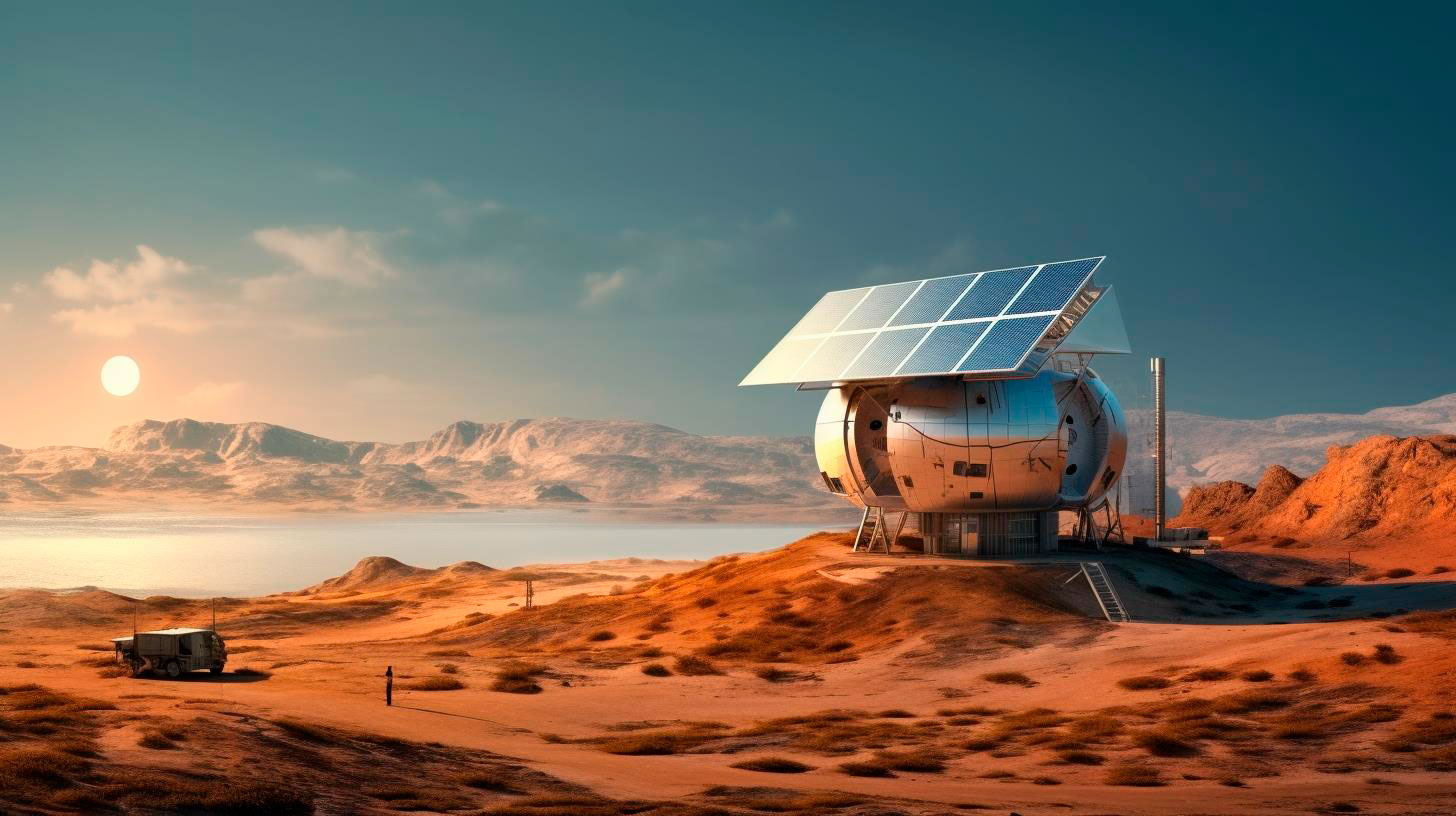Fueling the World: 100 Game-Changing Innovations in Wind Energy Optimization
Over the years, significant advancements and game-changing innovations have emerged in the field of wind energy optimization. These innovations have revolutionized the way wind turbines are designed, operated, and managed, resulting in improved efficiency and enhanced power generation capabilities. Let us delve into the world of wind energy optimization and explore 100 fascinating innovations that are propelling this industry forward.
Artificial Intelligence (AI) and Machine Learning (ML) in Wind Energy
The integration of AI and ML technologies has opened new horizons for wind energy optimization. Through data analysis and pattern recognition, AI and ML algorithms can optimize operations, reduce downtime, and enhance energy production. Key innovations in this area include:
- Smart predictive maintenance based on sensor data analysis
- Advanced wind prediction models for improved power generation
- Optimized turbine control systems using real-time data
- Machine learning-based fault diagnosis and anomaly detection
Wind Farm Layout Optimization
The arrangement and positioning of wind turbines within a wind farm can significantly impact its overall performance. With the help of advanced optimization algorithms, wind farm layout optimization ensures maximum energy extraction and reduced wake effects. Notable innovations in this field include:
- Topographical analysis for optimal turbine placement
- Integrated wake models to minimize turbine wake losses
- Dynamic layout adjustment based on changing wind conditions
- Advanced simulations and modeling techniques for improved results
Aerodynamics and Blade Design
The aerodynamic characteristics of wind turbine blades directly influence their efficiency and energy conversion capabilities. Innovations in aerodynamics and blade design focus on reducing drag, enhancing lift, and improving overall turbine performance. Some noteworthy advancements include:
- Advanced airfoil designs for increased power extraction
- Blade tip modifications to reduce noise and improve aerodynamics
- Durable and lightweight blade materials for higher efficiency
- Active flow control mechanisms for improved performance in low winds
Remote Monitoring and Control
To ensure optimal performance and efficient maintenance of wind turbines, remote monitoring and control systems have gained immense popularity. These systems enable real-time monitoring, diagnostics, and predictive analysis, leading to proactive maintenance and minimal downtime. Key innovations in this area include:
- Remote condition monitoring using IoT and cloud technologies
- Automated fault detection systems for efficient maintenance
- Real-time performance and health monitoring dashboards
- Smart control systems for efficient power management
These are just a few of the many game-changing innovations that have revolutionized wind energy optimization. The emergence of these advancements has significantly contributed to the growth and prominence of wind energy in the global energy landscape.
By improving efficiency, reducing costs, and minimizing environmental impacts, wind energy optimization brings forth numerous benefits:
- Reduced dependence on fossil fuels
- Lower carbon dioxide emissions
- Enhanced energy security and diversification
- Job creation and economic growth
According to the International Energy Agency (IEA), wind power capacity is set to increase by 53% in the next five years, showcasing the immense potential and promising future of wind energy optimization.
In conclusion, game-changing innovations in wind energy optimization pave the way for a cleaner and greener future. Harnessing the power of AI, optimizing wind farm layouts, improving aerodynamics, and implementing remote monitoring systems are just a few examples of how the wind energy industry continues to evolve. By embracing these innovations and constantly pushing the boundaries of technology, we can fuel the world with clean, sustainable, and efficient wind energy.
For more information on wind energy optimization, you can visit the Wind Energy Technologies Office website provided by the U.S. Department of Energy.
